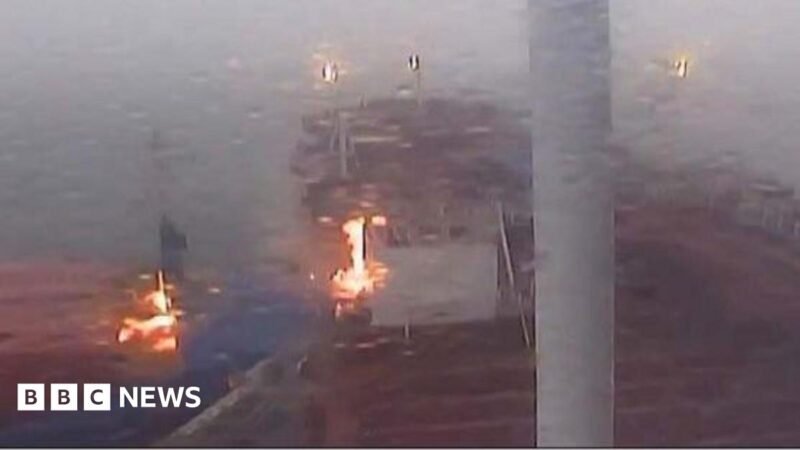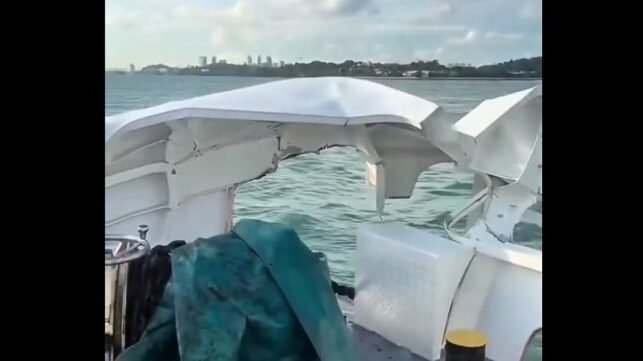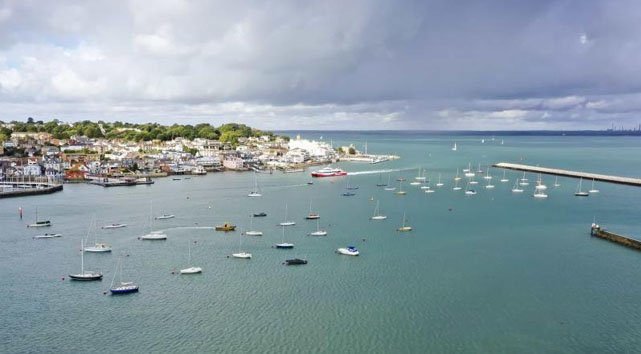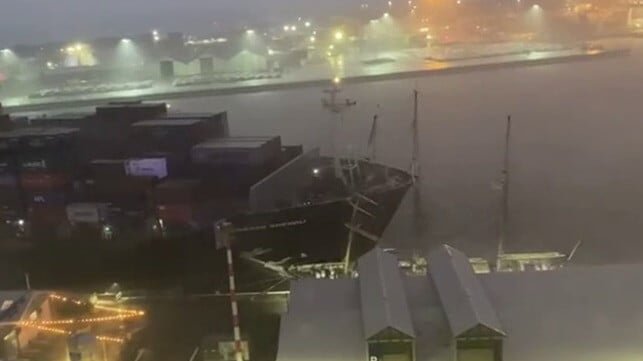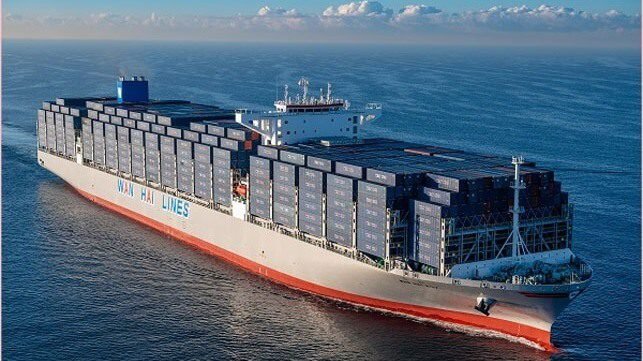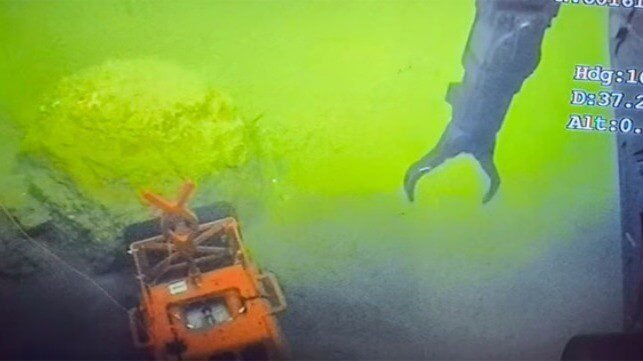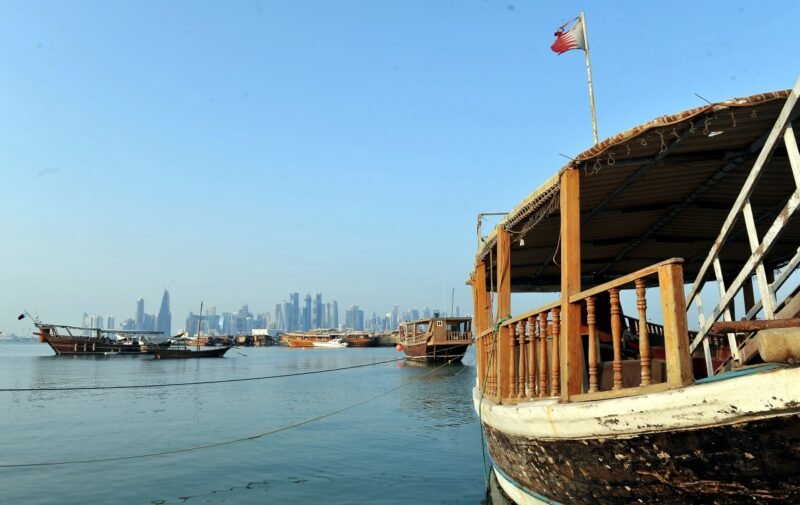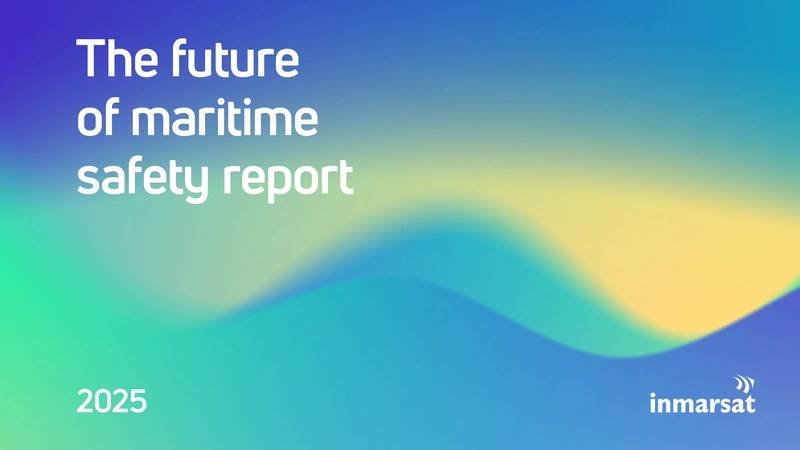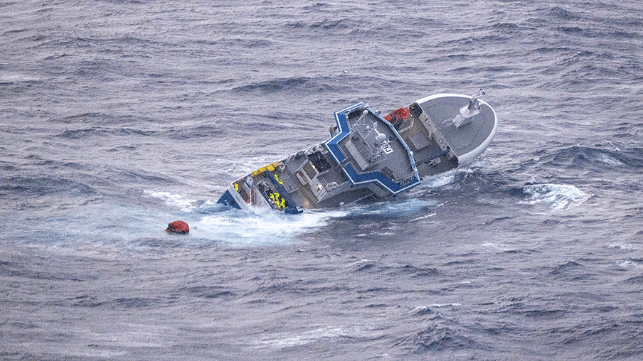According to a report, the Solong, a vessel carrying various products, including some designated as dangerous, departed Grangemouth in Scotland at 20:00 GMT the day before the crash. The ship was en route to Rotterdam, following a familiar path. The master of the Solong initially oversaw the voyage for three hours before passing the watch to the second officer and retiring to bed. He returned to the bridge at 07:00 GMT and took over as the sole watchkeeper.
The Stena Immaculate had been instructed by Associate British Ports (ABP) Vessel Traffic Services to anchor north of Humber Estuary at around 18:30 GMT on March 9, avoiding any pipelines. Eight other vessels were also anchored in the vicinity. The collision between the Solong and the tanker occurred at 09:47 GMT the next day, with the Solong traveling at a speed of approximately 16 knots (18mph/29km/h). The report mentioned that visibility in the area was reported to be patchy, ranging from 0.25 to 2.0 nautical miles, and neither vessel had a dedicated lookout on the bridge.
Overall, the report highlighted the sequence of events leading up to the collision between the Solong and the Stena Immaculate. It detailed the departure from Grangemouth, the instructions given to the Stena Immaculate, and the lack of a dedicated lookout on either vessel at the time of the incident. The report provided crucial information on the circumstances surrounding the crash, shedding light on the factors that may have contributed to the collision.


